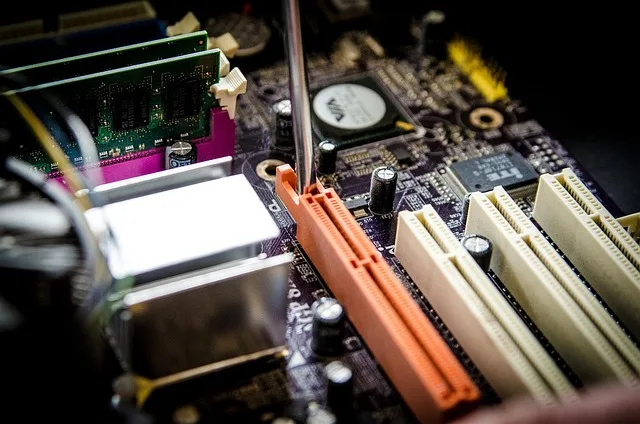Computers have become an integral part of our lives, aiding us in various tasks. However, they can sometimes encounter problems that disrupt our workflow. In this blog post, we will explore the top 10 common computer issues that users often face and provide effective solutions to help you troubleshoot and fix them. Let’s dive in!
Slow Performance:
One of the most frustrating issues is a slow-performing computer. It can significantly hamper productivity. To address this problem, start by cleaning up your hard drive, uninstalling unnecessary programs, and disabling startup programs. Additionally, regularly run disk cleanup and defragmentation tools, and consider upgrading your RAM if necessary.
Blue Screen of Death (BSOD):
Encountering the dreaded Blue Screen of Death can be alarming. It usually occurs due to hardware or software conflicts, faulty drivers, or issues with your operating system. To resolve this, try booting your computer in safe mode, updating device drivers, and performing a system restore. If the problem persists, it might be helpful to consult a professional technician.
Internet Connectivity Issues:
A stable internet connection is essential for most computer users. If you’re experiencing connectivity problems, start by checking your router and modem for any issues. Restart them if necessary. Verify that your Wi-Fi drivers are up to date, and consider resetting your network settings. If the problem persists, contact your internet service provider for further assistance.
Virus and Malware Infections:
Viruses and malware can compromise the security and functionality of your computer. Install a reputable antivirus software program and keep it up to date. Perform regular scans to detect and remove any malicious software. Additionally, avoid clicking on suspicious links and downloading files from untrusted sources.
Unresponsive Applications:
Sometimes, applications freeze or become unresponsive, causing frustration. Use the Task Manager (Ctrl + Alt + Delete) to force close the application. If the problem persists, consider reinstalling the application. Ensure that your software is compatible with your operating system and meets the system requirements.
Hardware Component Failure:
Hardware components can fail over time, leading to issues like random shutdowns, overheating, or strange noises. Check your computer’s internal fans for dust accumulation and clean them if necessary. Ensure that all cables and connections are secure. If the problem persists, consult a professional technician for further diagnosis and repairs.
File and Data Loss:
Accidental file deletion or data loss can be devastating. To prevent this, regularly back up your important files using external storage devices, cloud services, or backup software. Implement a reliable data backup strategy to protect your valuable information from unforeseen circumstances.
Printer Connectivity and Printing Issues:
Connecting and troubleshooting printers can be a challenge. Ensure that your printer is correctly connected to your computer and has the necessary drivers installed. Verify that your printer is set as the default printing device. If you’re experiencing printing problems, check ink or toner levels, clear any paper jams, and update printer drivers if needed.
Overheating:
Excessive heat can cause system instability and potential damage to your computer’s components. Ensure that your computer has proper ventilation and is placed on a stable surface. Clean the dust from your computer’s fans and heat sinks regularly. Consider using cooling pads or external fans to improve airflow.
Unexpected Shutdowns:
If your computer shuts down unexpectedly, it could be due to power issues, overheating, or software conflicts. Check your power supply connections and ensure that they are secure. Monitor the temperature of your computer and take appropriate steps to prevent overheating. If the issue persists, consult a professional technician for further diagnosis.
By understanding and troubleshooting these top 10 common computer issues, you can effectively resolve problems and optimize your computer’s performance. Remember to take preventive measures, such as regular backups and system maintenance, to avoid potential issues. If you encounter complex or persistent problems, it’s always a good idea to seek professional assistance. Happy computing!

